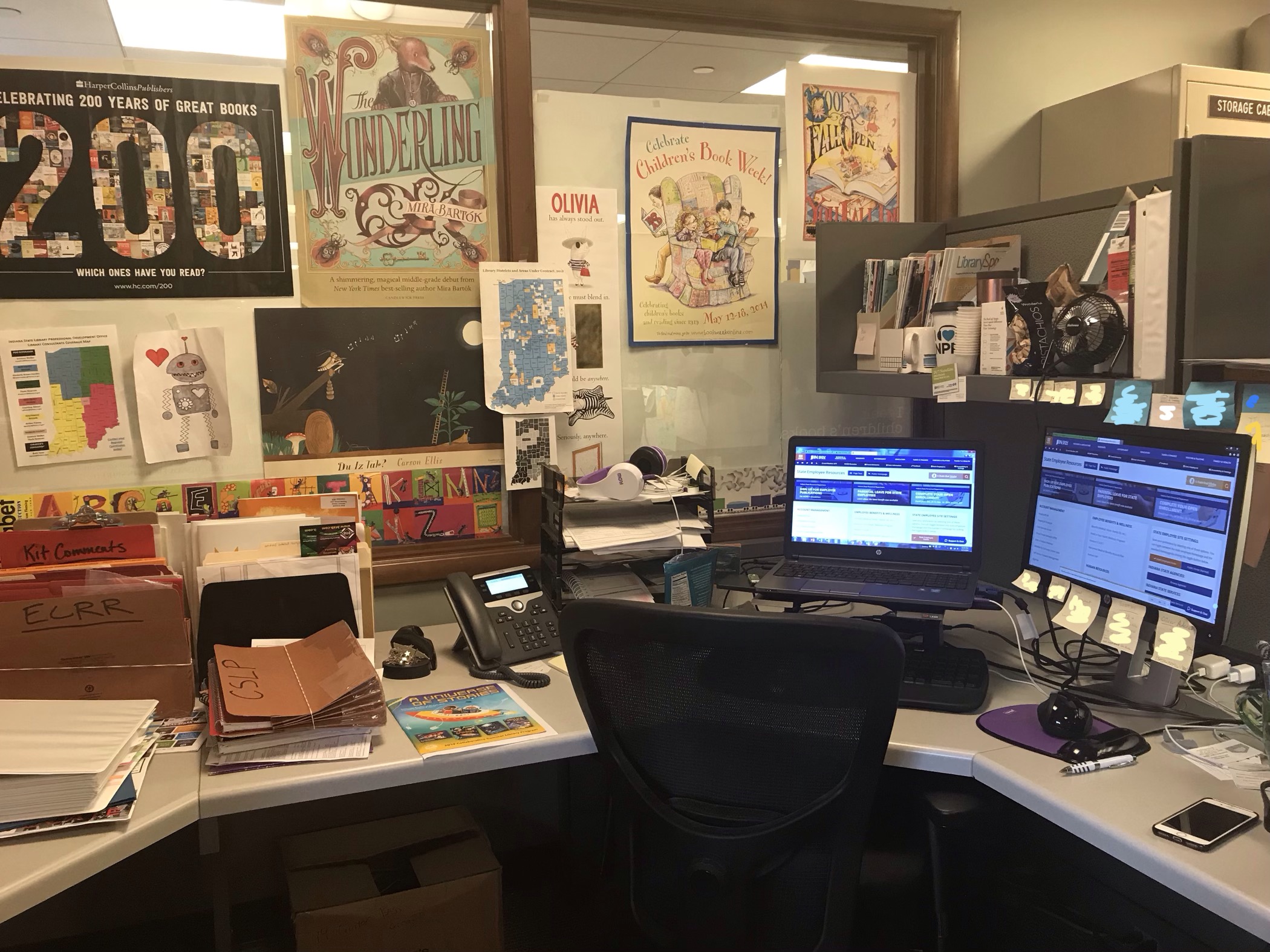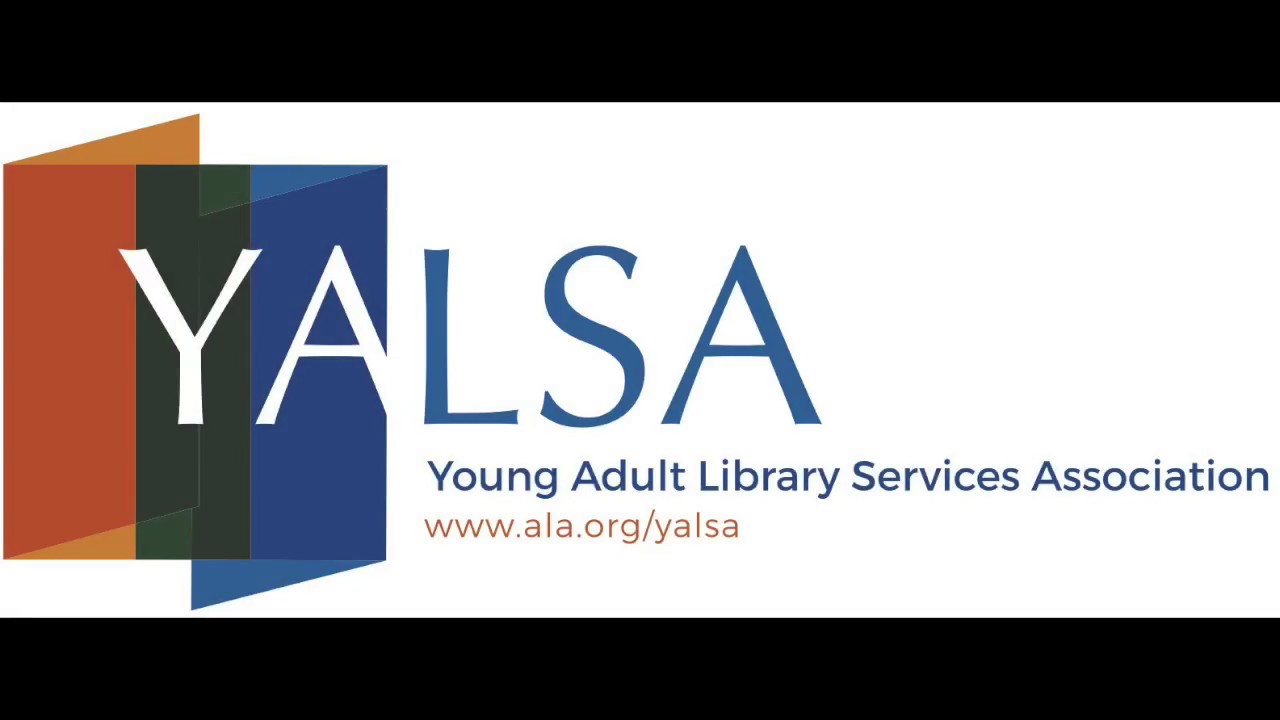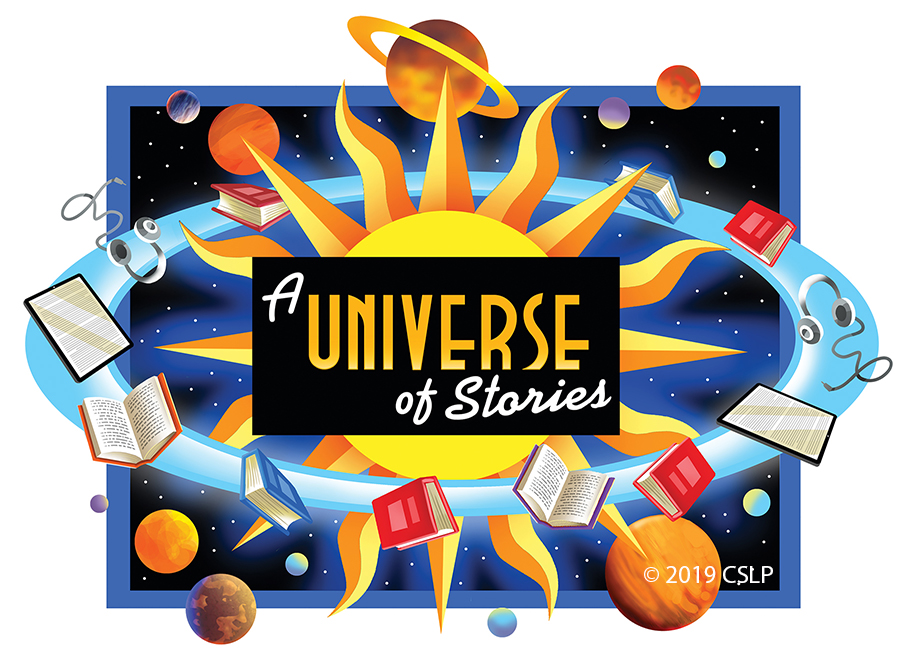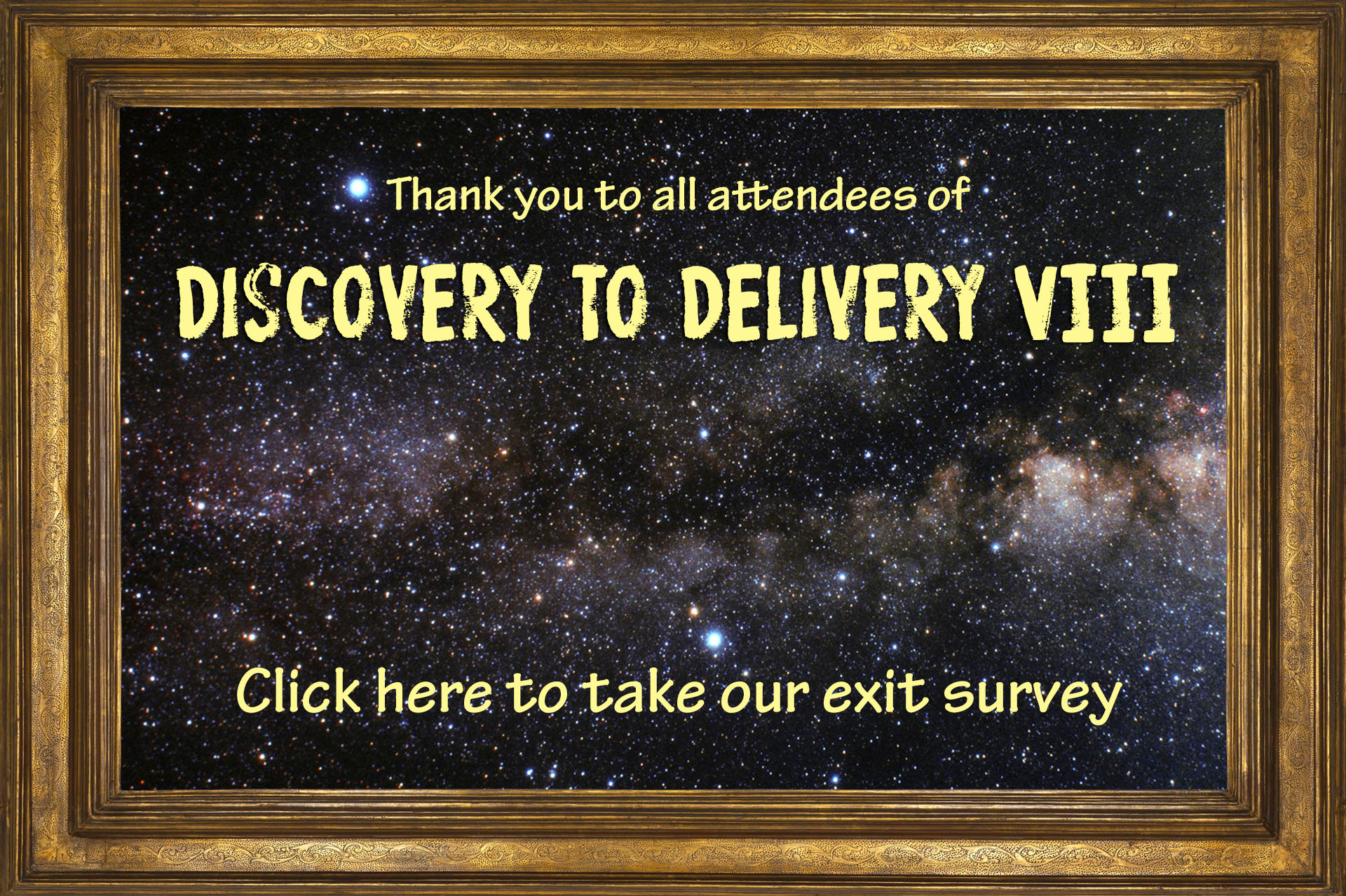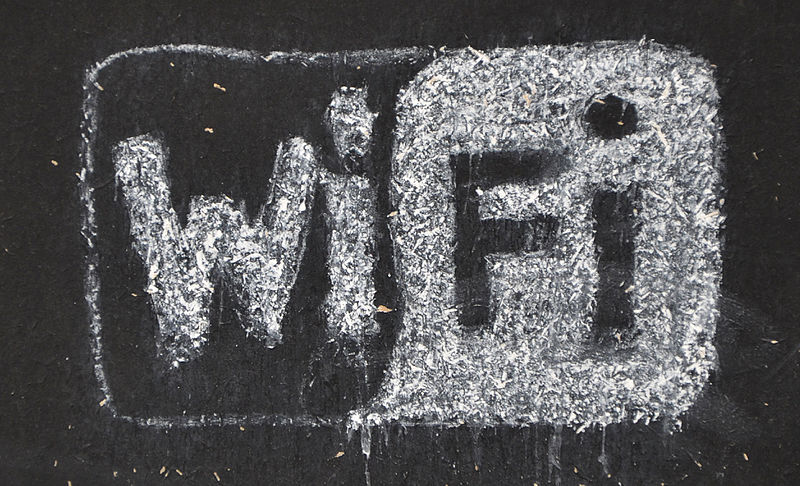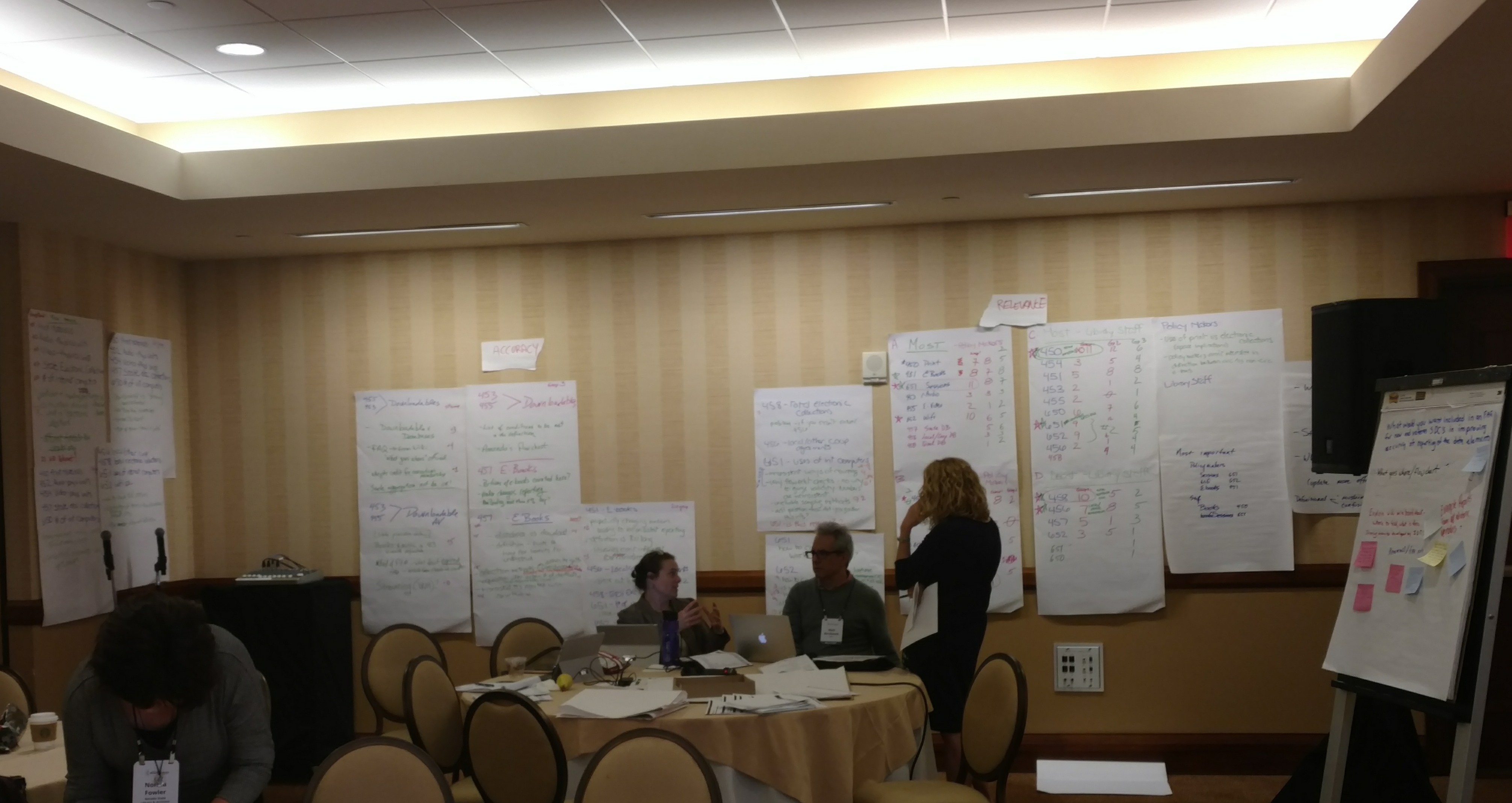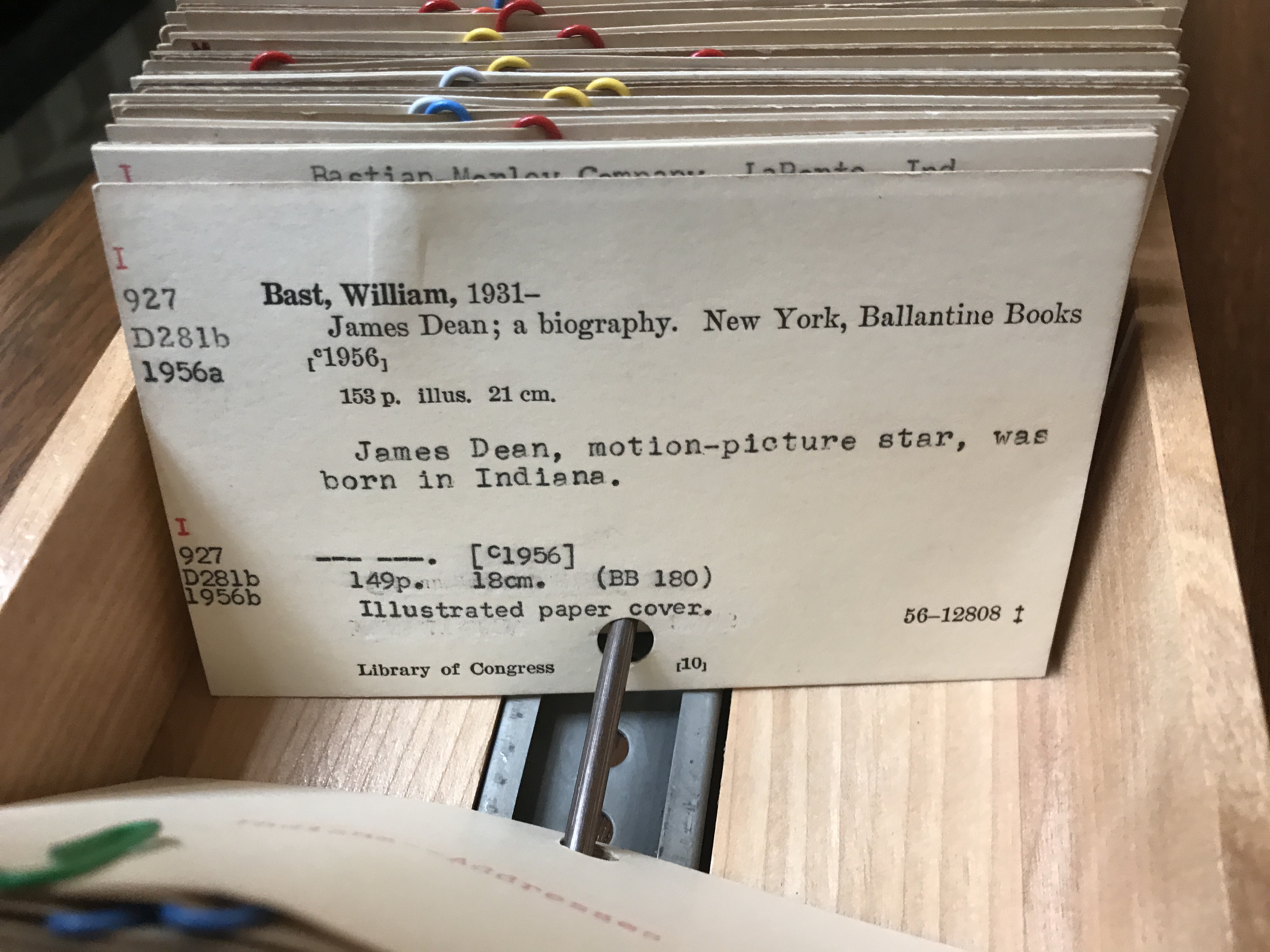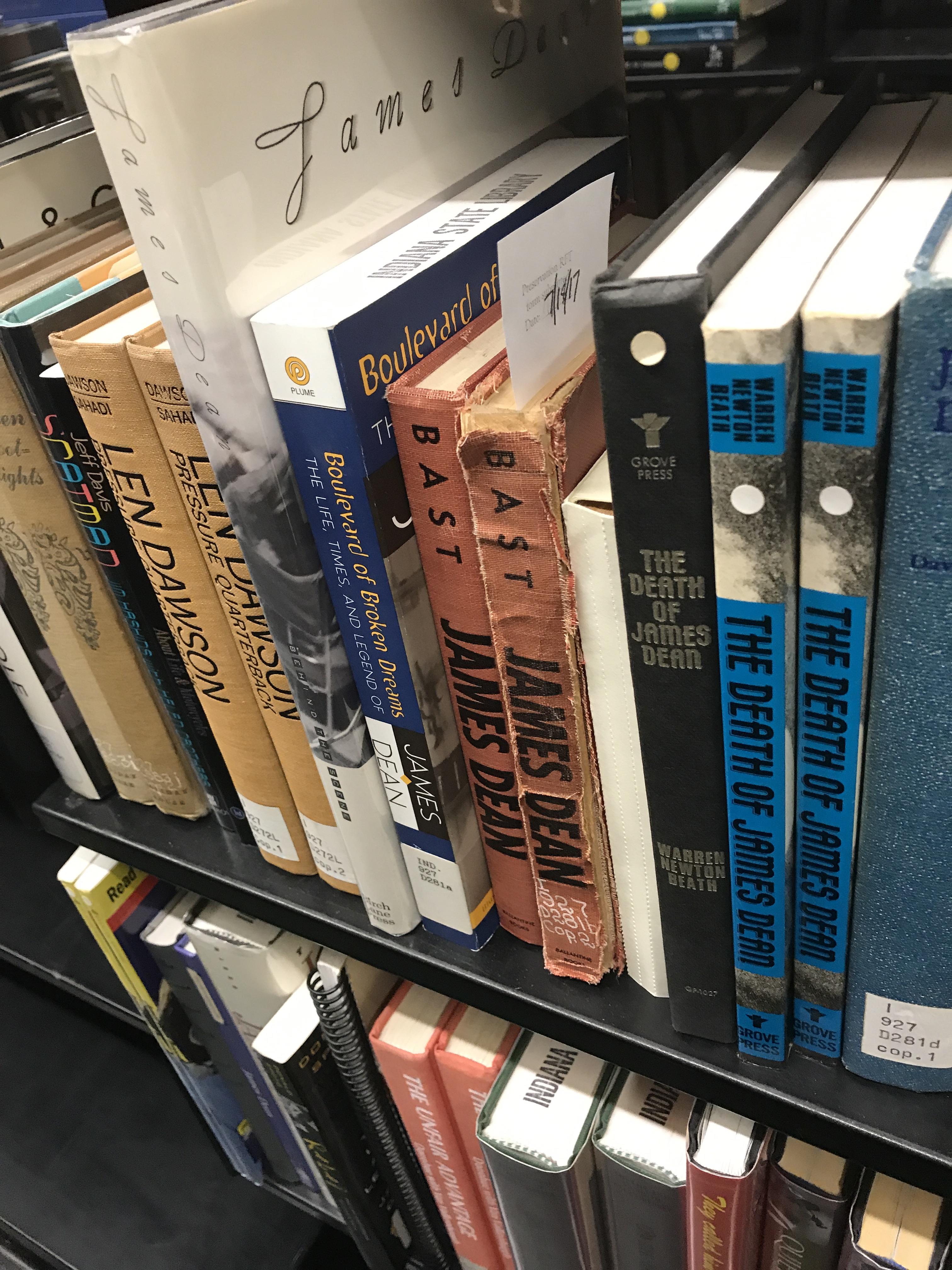When an employee starts a new job, the amount of information that they must digest, learn and assimilate into their professional practices can be overwhelming. Learning all of the new employer’s policies and procedures, the flow of the new job, all of your co-workers’ names and a myriad of other details can seem overwhelming. Dealing with this information overload takes skills that are often times called soft skills; for example, communications, critical thinking, leadership, problem solving and teamwork to name just a few. The Society for Human Resource Management, and human resource managers themselves, often rank a lack of these soft skills as a deficiency in their new hires.1
It should therefore come as little surprise that academia has been struggling for the last few years to find ways to teach these soft skills.
Board games can be a great sneaky way to help with fostering these skills. In many modern games, especially Euro-games, the players must take in information, process it and make decisions based on the rules of the game and the information about the game at that moment. Players also must talk to each other, sometimes even working together to beat the game as a team, and often solve problems that the game presents to them. Whether players know each other or are strangers, the social interactions that are created can help those players improve their social skills. In some parts of the world they are even being used to help with loneliness and mental health problems.2 Games are now even being used as a replacement for golf in corporate America.3
Whether it’s students in a class picking up on the concepts of conflict management while playing a collective game like Pandemic or children practicing scope and sequence by playing a game like Leo Goes to the Barber, board games can help all of our patrons with the skills that many employers are desperately seeking, thus preparing them for the future. If you are an academic librarian who would like to learn more about how to implement these ideas in an instructional session or an outreach event; a public librarian who has already been using games and would like additional advice or one who is unsure of where to start; or a school librarian looking for ideas for an after school program I am here to assist you! Please feel free to send me you thoughts, ideas or questions.
This post was written by George Bergstrom, Southwest regional coordinator, Professional Development Office, Indiana State Library.





